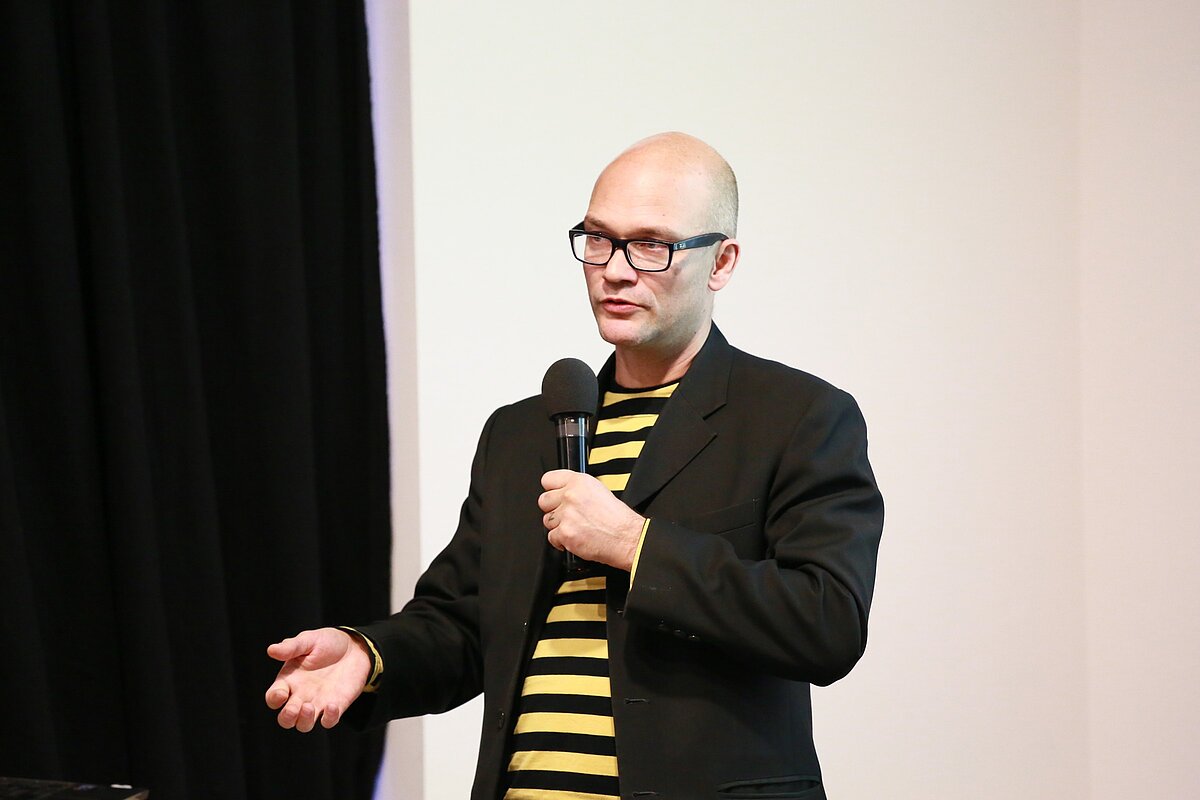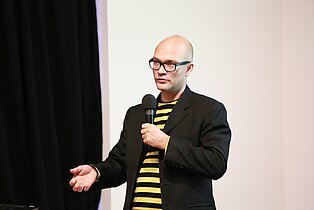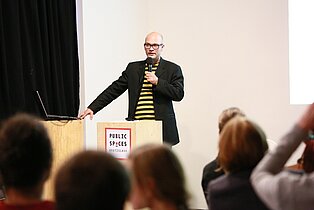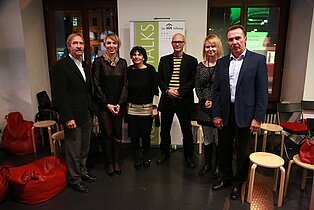Nature. Art. Anarchy.
Bratislava. Marco Casagrande, the Finnish architect, writer, and professor of architecture moves between several worlds. In his Lapland home, he lives and works with his colleagues under extreme conditions. As a professor in Taiwan, he regards his work as an experimental laboratory of ecological urban planning.
How long does it take to “gain a reputation”? Two years. It took two years for Casagrande to receive major recognition for the first time (Architectural Review Emerging Award, 1999); then he was honoured again in 2001 (Mies van der Rohe Award, 2001). Carrying out an Internet search will most likely bring up his Sandworm project for which he won the European Prize for Architecture. On Belgium's sandy coast, visitors can marvel at a 45-metre-long and 10-metre-wide pavilion of willow branches, the shape of which is reminiscent of worm larvae.
Thanks to the use of the simplest of materials and the uncomplicated way it has been realised, the project appears to be very modest. Yet at the same time, an extraordinary atmosphere of light is created inside. Rapturous small waves seem to be projected on the flat sea bed. The willow tunnel grows from the sand landscape as if it had always been there, discreetly transforming the location and making it much more open.
There is a five-storey building in Taipei. It's not deserted any more, the people have come back. This time they have decided to pull down all the unnecessary interior walls and to plant the interior with vegetables and bamboo. Circular openings have been cut into the exterior walls with the aim of collecting water to use on the small fields. In addition to the plants that have been arranged across the five floors, workshops and courses are also held inside. A strangely large tree is growing on one of the interior walls. The construction really has been brought to life, and represents another example of what Casagrande terms the “urban acupuncture” of a “third generation city”. The city has to be viewed as a living organism where architecture plays the role of a correctly placed needle – penetrating into the “chi” energy layer. This energy can be found under the surface of our environment.
Architecture, urban design, environmental art, science. Thanks to his talents, his empathy, and his willingness to find the ultimate solution to all kinds of problems, the Finn from the Arctic Circle has become a highly sought-after specialist. In Taiwan, Casagrande was appointed professor for ecological urban planning at Tamkang University after he used his Treasure Hill project to transform an illegal settlement of urban farmers into an experimental laboratory of ecological urban planning.
Near to the Arctic Circle in Lapland, the architect has decided to live alongside nature with his team of ten colleagues. In bitterly cold frosts, art and architecture students have learnt to build a wooden house, a sauna, and an observation post for the Northern Lights, catch fish using traditional techniques, use the sauna at temperatures below -15 °C, and enjoy snowstorms (survival architectural workshop).
And one final project which caused at least half the attendees to shake their heads. Bird Hangar in Yokohama, Japan, is a steel construction which is covered right up to the top by a rope that forms a conical container. From there, meteorological balloons rise up into the sky and carry messages on balsa wood birds. “As soon as the balloon reaches a height of 10 kilometres above the Earth, it bursts and the wooden birds glide back down.” Inside, each bird contains five different seeds and a message for the person that finds it: “Please contact the office.” Hundreds of messages from China, Japan, and Oceania have so far made their way to Yokohama.
Ruin Academy - Interview Marco Casagrande (Video clip | 16:03 Min.)






